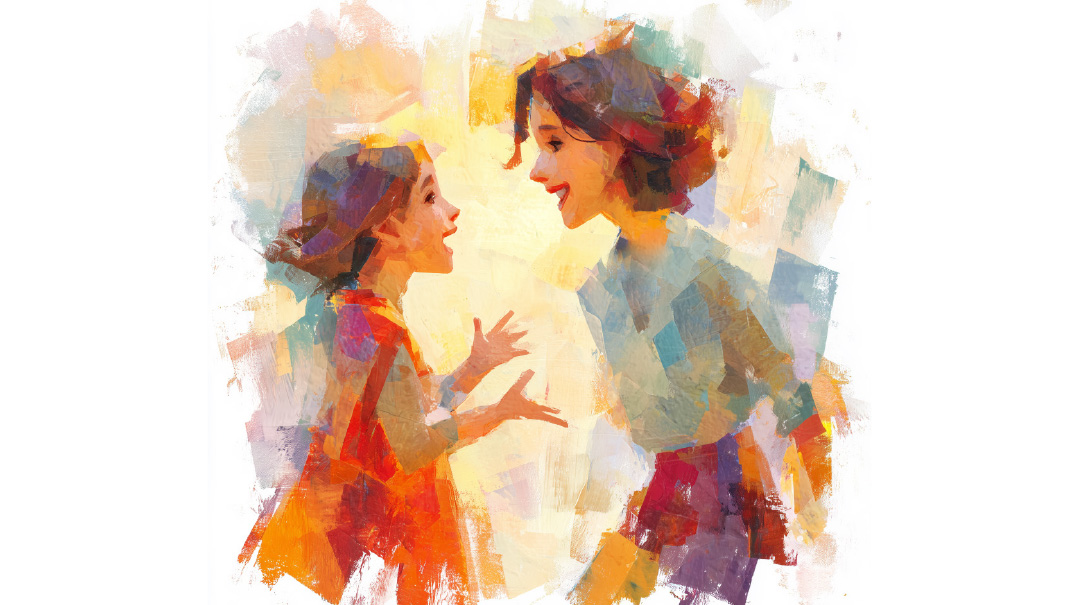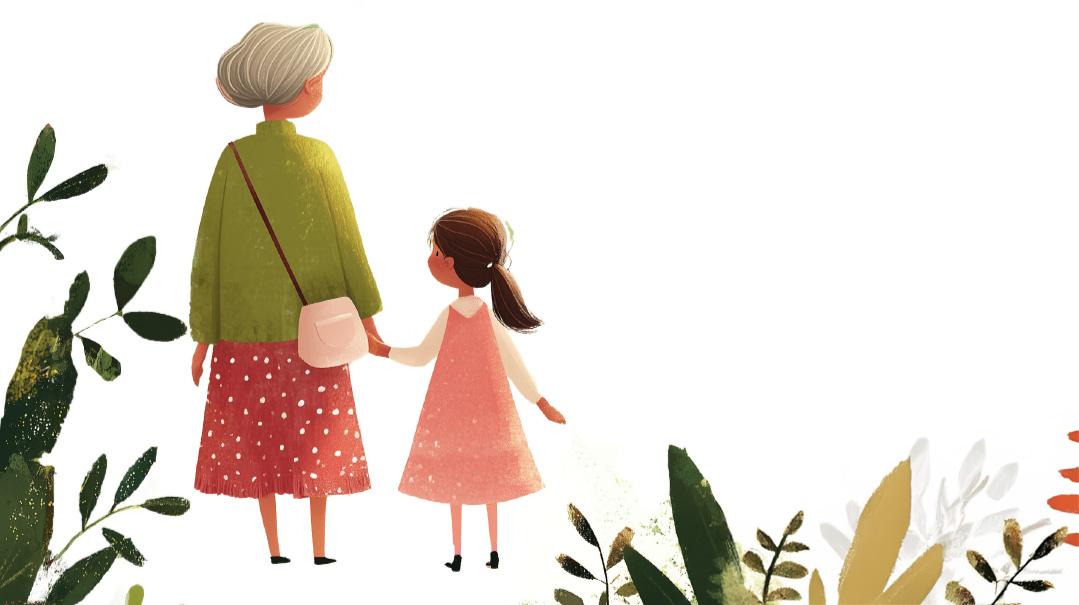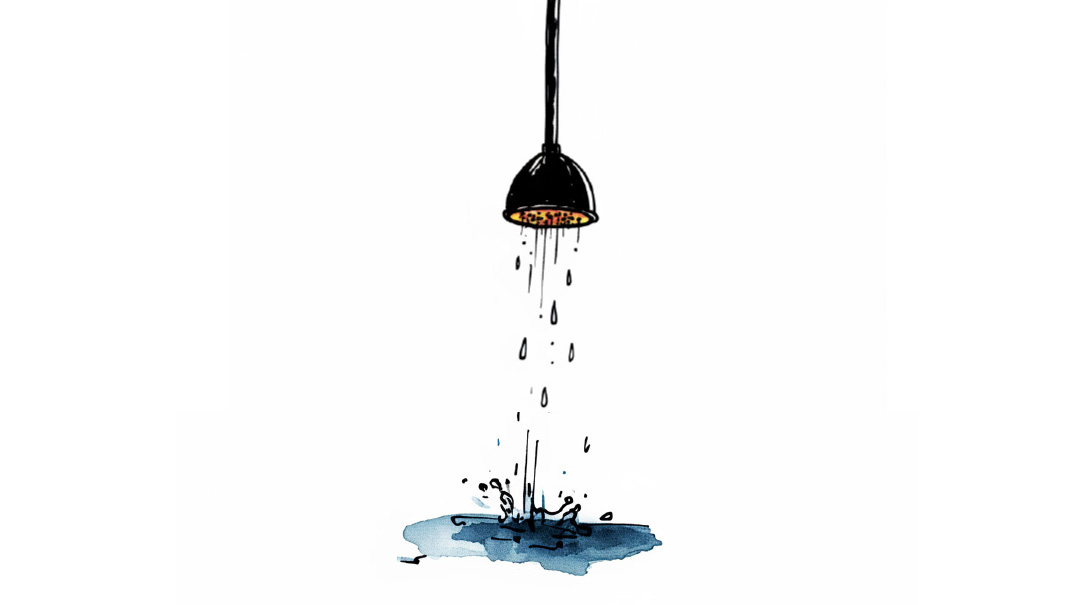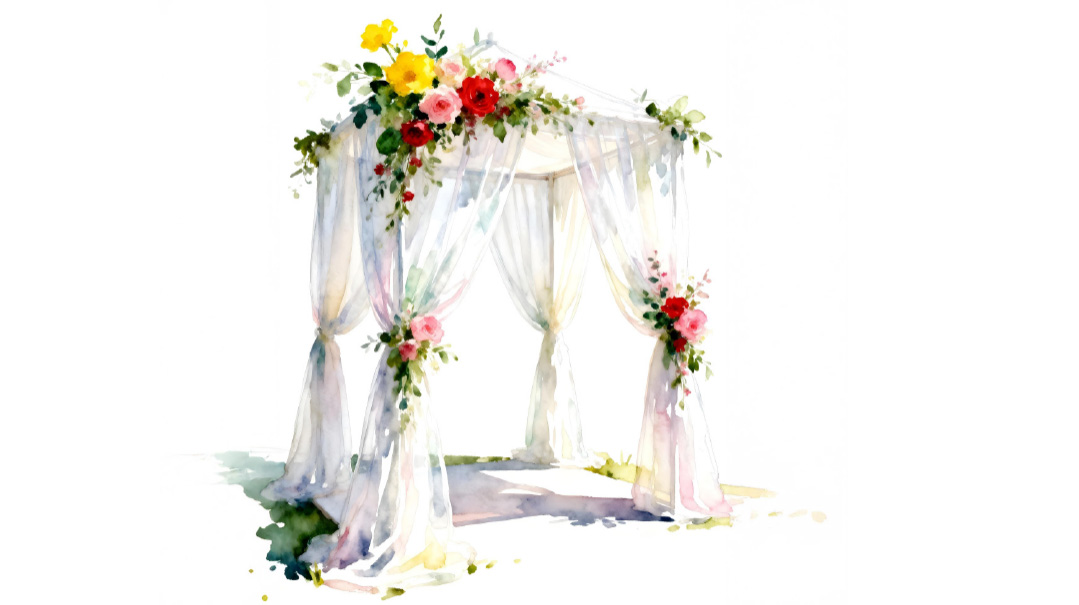The Blanket
| July 26, 2022His brother reacted as if he’d seen a ghost: “The blanket!”
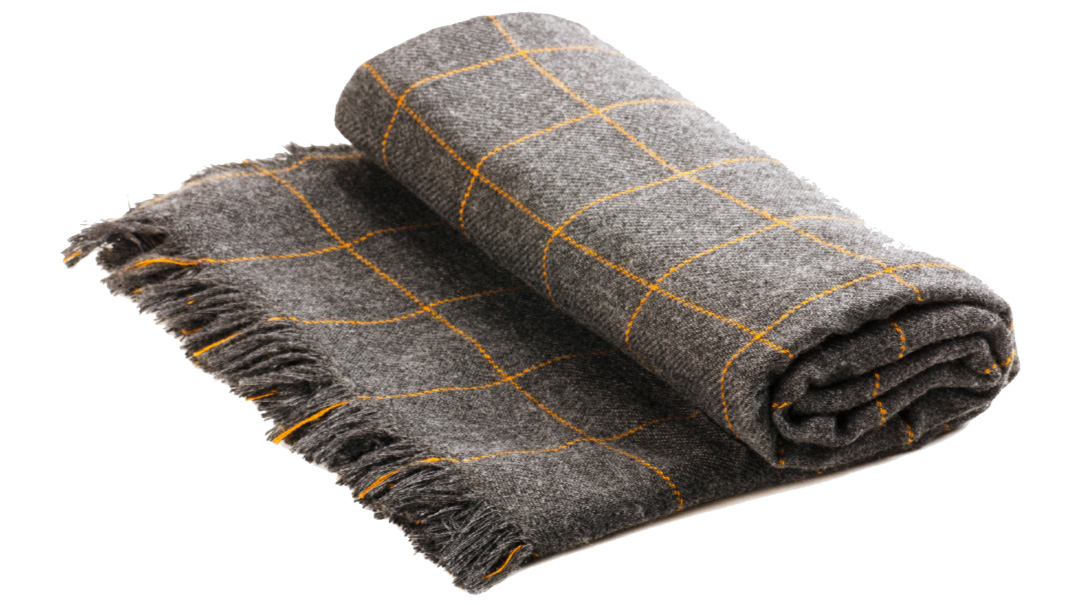
AT 24 years old, it was all she owned.
Coarse and bristly, yet warmer than anything she’d managed to scavenge over the past year, the blanket represented the impossible: She had survived.
But just barely. In the course of 12 months, she’d gone from life as a pampered young woman in Košice, doted on by her parents and older brothers, to an apparition, skin stretched tight across protruding bones, a skeleton in motion.
It was a year and a lifetime ago that they’d rounded up her family with the rest of the town, packing them like merchandise in a local warehouse. Her father’s Kiddush ushered in the holy day for the beleaguered group, husbands and wives and children pitifully unaware this would be their last Shabbos together. She had pulled up to Auschwitz on a cattle train heaving with people; young and healthy, she’d bypassed the ovens that swallowed her family whole.
Shuttled from camp to camp, a lone woman on a macabre journey through the underworld, she endured. Until finally, after a days-long march through the snow dressed in summer clothes, she arrived at Bergen-Belsen. There, too weak to stand, she lay in the mud and watched, disbelieving, as the British liberating army rolled in to rescue those who were not yet dead. And it was there that she was given the blanket, gifted by a British soldier she assumed was a figment of her tortured imagination.
Now, nearly 80 years later, it lay gently folded and impossibly clean, as if the aftermath of human destruction it had witnessed could be washed away.
Her daughter, my mother-in-law, had inherited the blanket, and one humid evening in May, surrounded by my husband and brother-in-law, she pulled it out to reminisce. The boys were intimately familiar with stories of Košice, its learned men and pious women, the miracles wrought by great people. Grandma had made sure of that, weaving stories of the alter heim she’d never completely abandoned.
But that was not all she spoke of. Her grandchildren were also raised on stories of the Holocaust: the train ride to Auschwitz, Mengele’s selection, typhus outbreaks, and Schindler’s factory, seven camps in total. And the death march, where their once coddled grandmother trudged endless miles through the icy Polish winter, one of a small fraction to survive.
The blanket was unfamiliar to my husband, he had never seen this vestige of family history. But his brother reacted as if he’d seen a ghost: “The blanket!”
He had seen it countless times before. From four years of age, whenever he’d sleep at his grandmother’s home, she would initiate a bedtime ritual with the thick coarse cloth.
She spoke in a lilting cadence that suggested a bedtime story, and in her heavy European accent said, “You know, the day I was liberated I was starving, just skin and bones. I was so weak I couldn’t stand. All of a sudden I see this figure walking toward me. It was a British soldier. I didn’t believe he was real. I reached out to touch him, to make sure he was there. He took this blanket and wrapped it around me…”
And then, as if cued, she’d cover her beloved grandson with the blanket, tucking him in for the night, and finish off with, “… and I was saved. Good night, Jeffrey’le.”
For the duration of his childhood, Jeffrey, wrapped in that blanket, felt he was being wrapped in his grandmother’s trauma, covered in his collective family’s tragedy. It reached a point that, peculiarly, he began to admire the poetic undertones of her ritual, but he was always haunted by the stories, the fear — and he struggled with that legacy.
Years melted away. Jeffrey raised a family of his own, and his grandmother passed on. But the ritual of the blanket still troubled him. What had his grandmother intended with this bizarre nighttime tradition, which had felt so onerous to a small child.
It took time to shift perspectives, but he eventually understood. Grandma was enveloping him in her liberation and her freedom, encasing him in the symbol of her survival, and transferring that miracle on to the next generation.
“Seeing the blanket again after all this time, I chose to start looking at it as the embodiment of Hashgachas Shamayim; everything is exactly as it’s supposed to be. All the neshamos that came from Grandma have very important things to do in This World, and I have my own tikkun here, too.
“I have that blanket in my house now. I still need to figure out how to display it. But now, when I look at it, I don’t see tragedy.
“I see miracles.”
(Originally featured in Family First, Issue 803)
Oops! We could not locate your form.

